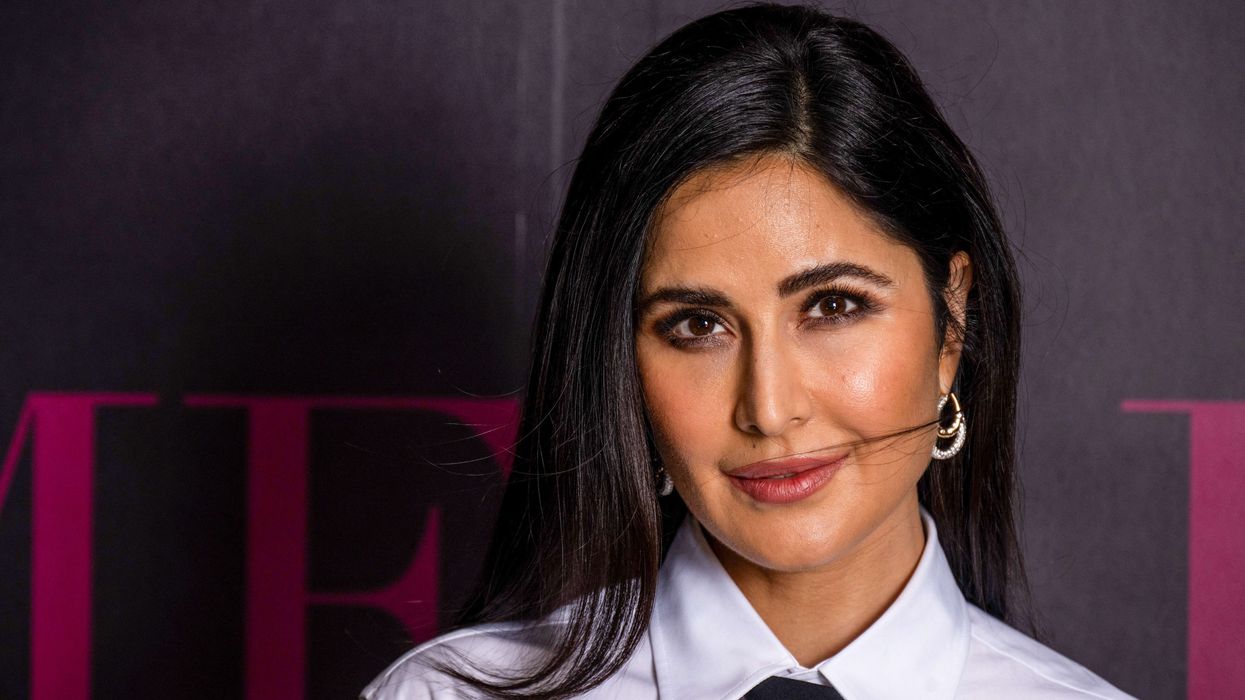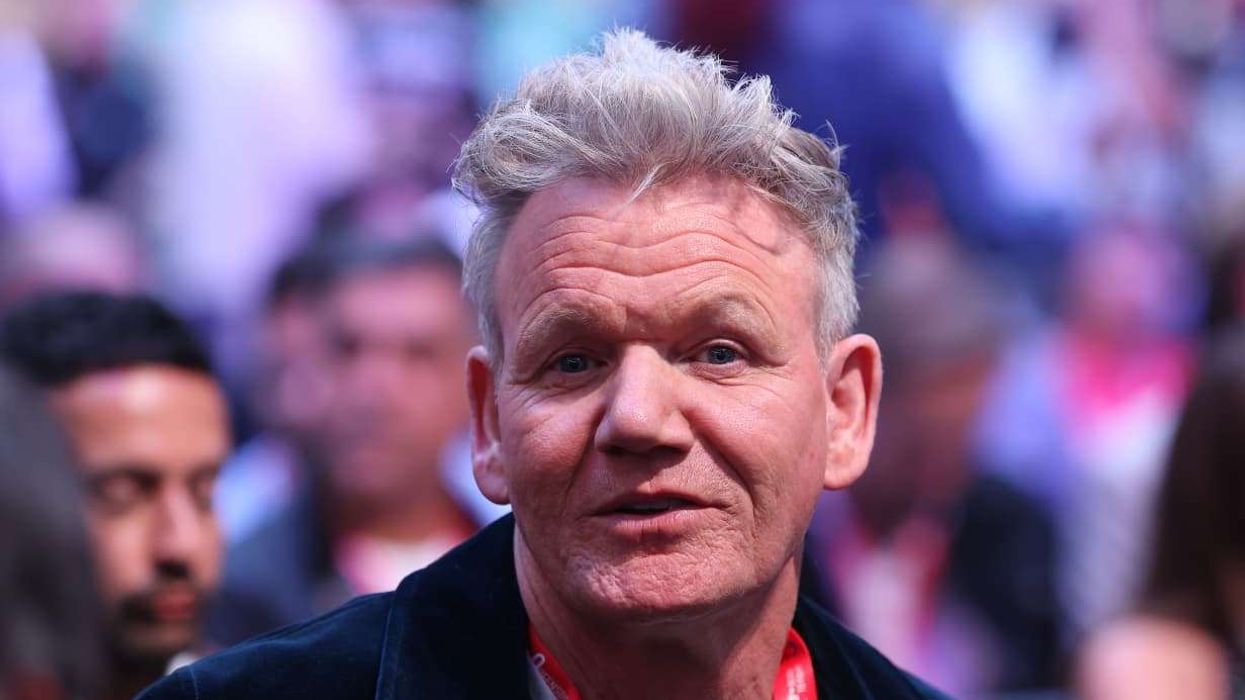ZOHRAN MAMDANI being elected as New York mayor marks a rapid rise for the leftist local lawmaker who moved from relative obscurity to winning a high-profile campaign for the city’s top job.
After his unexpected win in the Democratic Party primary in June, his bearded, smiling face became familiar to New Yorkers on television and on badges worn by supporters.
Mamdani, 34, was born in Uganda to a family of Indian origin and moved to the United States at the age of seven. He became a naturalised US citizen in 2018.
His mother is filmmaker Mira Nair (“Monsoon Wedding,” “Mississippi Masala”) and his father is Mahmood Mamdani, a professor and Africa expert. Some critics have labelled him a “nepo baby.”
He studied at the Bronx High School of Science and later at Bowdoin College in Maine, a university known for progressive ideas.
Early life and rap detour
Using the alias “Young Cardamom,” Mamdani tried his hand at rap in 2015. He was influenced by hip-hop group “Das Racist,” which had two members of Indian origin and referenced South Asian themes.
His attempt at a music career was brief, and he later described himself as a second-rate artist.
His interest in politics began after learning that rapper Himanshu Suri, known as Heems, was backing a candidate for city council. Mamdani joined that campaign as an activist.
He later worked as a foreclosure prevention counsellor, helping homeowners facing financial difficulties to avoid losing their homes.
Mamdani was elected in 2018 from Queens, a diverse area with largely low-income and migrant communities, to the New York State Assembly.
‘Disaffected voters’ and political identity
The self-proclaimed socialist has been re-elected three times and built a public identity that has become his trademark — a progressive Muslim active at both Pride marches and Eid events.
His campaign focused on making the city affordable for residents who are not wealthy, which he said represented the majority of the city’s roughly 8.5 million people.
He pledged more rent control, free day care and buses, and city-run neighbourhood grocery stores.
Mamdani has long supported the Palestinian cause. His comments on Israel — calling it an “apartheid regime” and describing the war in Gaza as a “genocide” — have been criticised by some in the Jewish community.
In recent months, he has publicly spoken out against antisemitism, as well as Islamophobia that he said he experienced.
US president Donald Trump, who refers to Mamdani as a “little communist,” attacked him on Tuesday as New Yorkers voted, calling him “a proven and self professed JEW HATER.”
Costas Panagopoulos, a political science professor at Northeastern University, described Mamdani as an establishment “outsider.”
“He has managed to galvanise support from disaffected voters and others in New York City who are dissatisfied with the status quo and with an establishment that they perceive to be overlooking their needs and policy preferences,” he said.
Campaign style and personal life
Mamdani, a football and cricket enthusiast, recently married US illustrator Rama Duwaji. He used his experience in activism to run a coordinated canvassing and leaflet drive, supported by wide-reaching and often humorous social media activity.
“He really is a kind of a hybrid of a great 1970s campaign and a great 2025 campaign,” said Lincoln Mitchell, a Columbia University professor.
(With inputs from AFP)
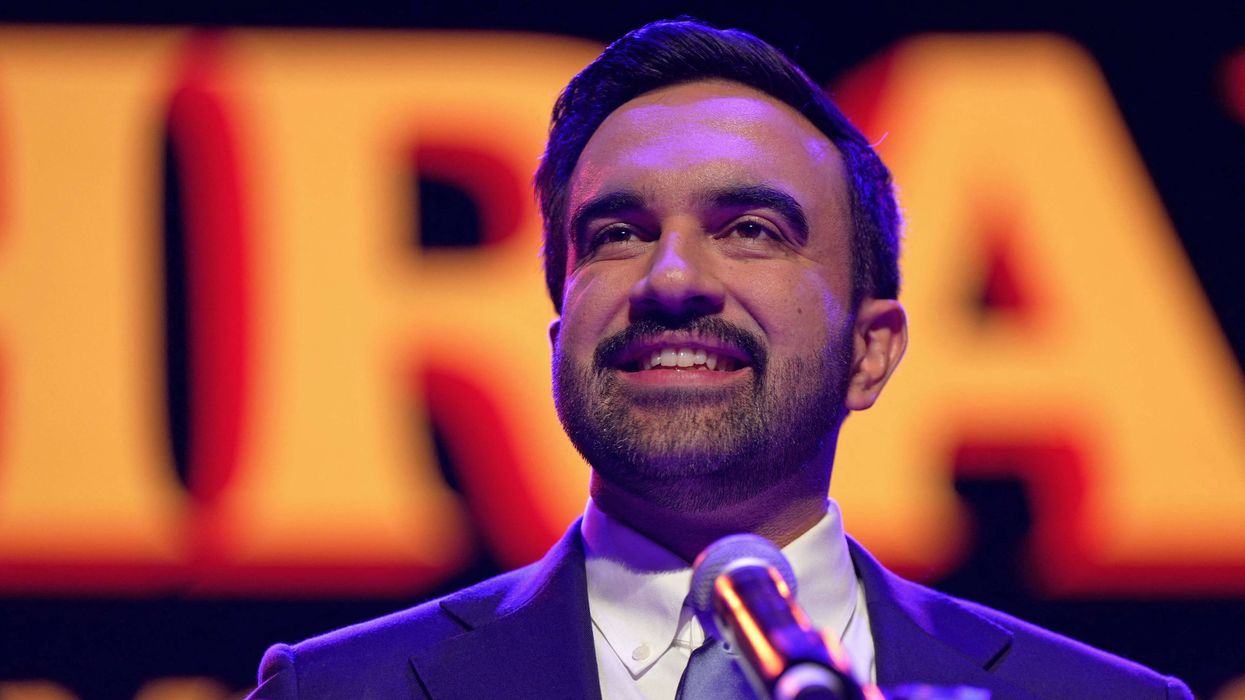
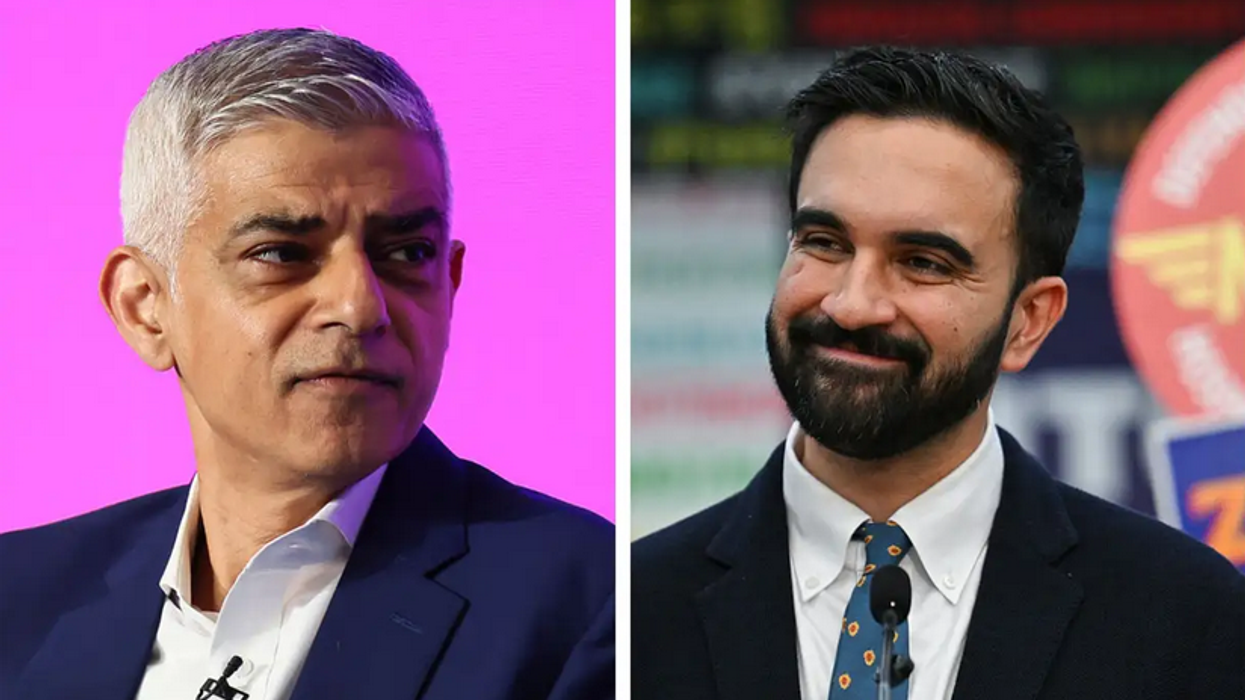
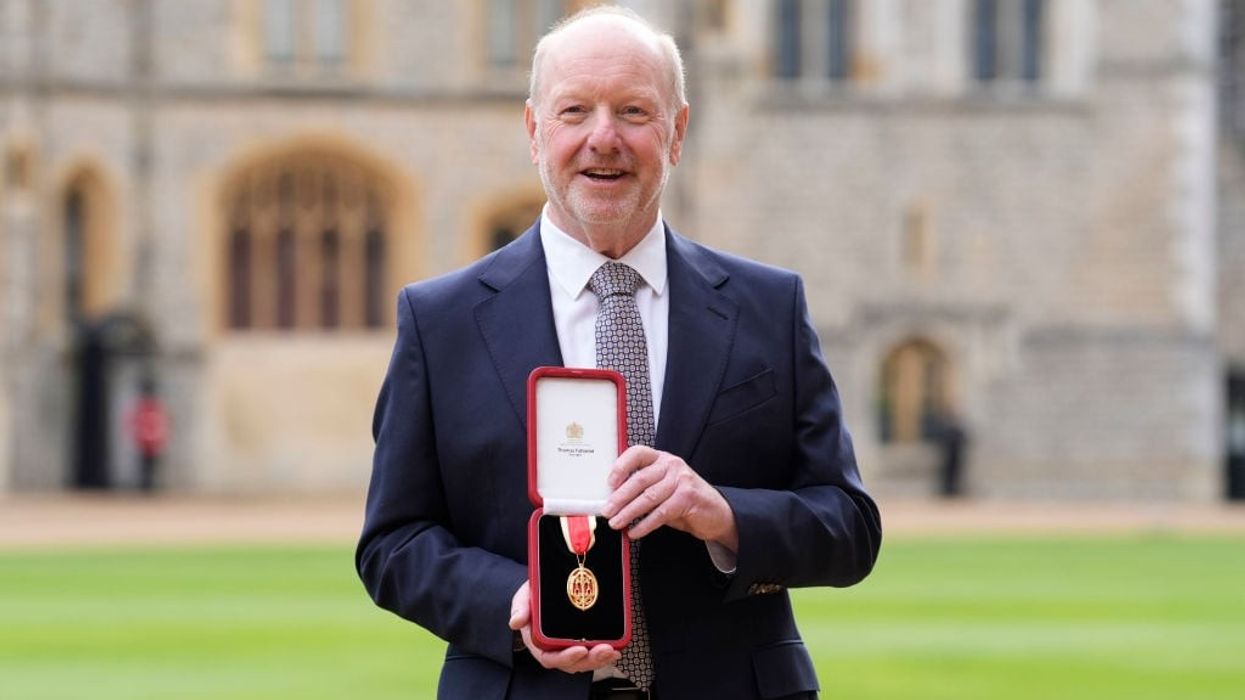

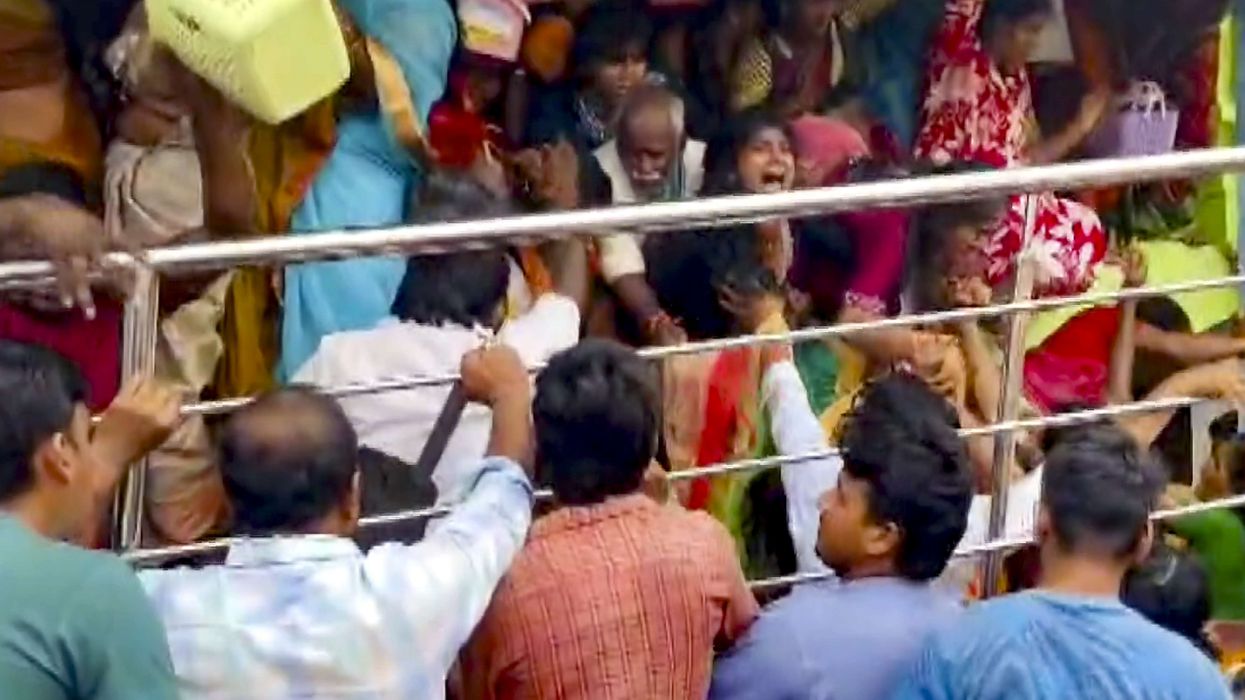
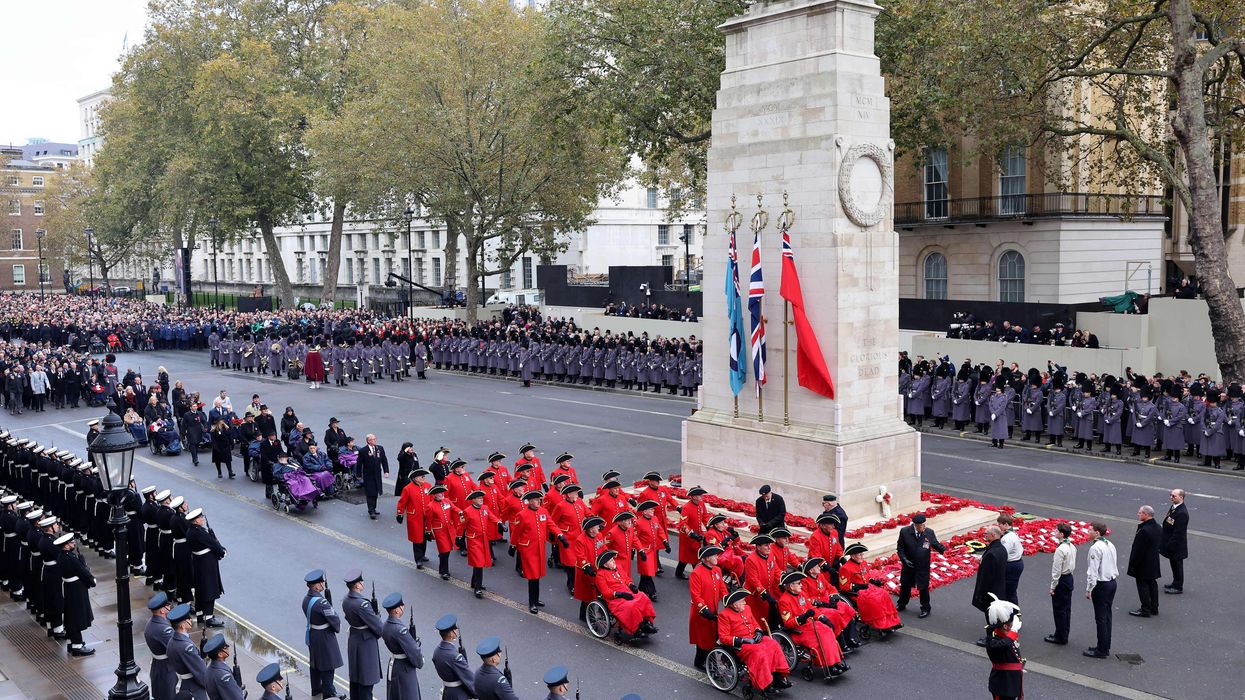
 Sunder Katwala
Sunder Katwala
